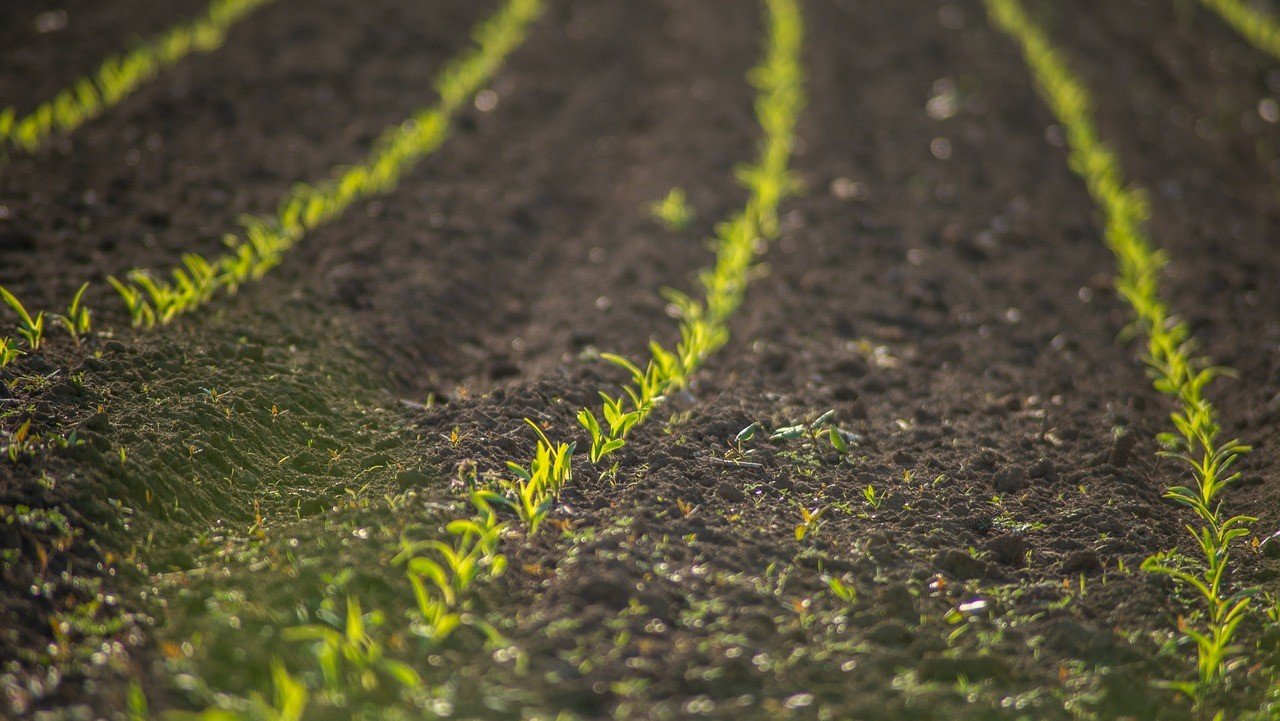
Marathwada, a region in Maharashtra, is grappling with significant geographical and environmental challenges due to its position in the rain shadow area. This has profound impacts on agriculture and social life, exacerbating water scarcity and affecting livelihoods. Understanding these challenges is crucial for devising sustainable solutions.
Geographical and Environmental Overview
Marathwada encompasses eight districts—Aurangabad, Jalna, Beed, Osmanabad, Nanded, Parbhani, Latur, and Hingoli, and is home to approximately 18.6 million people. The region receives an annual rainfall of just 600-800 mm, significantly lower than other parts of Maharashtra. This low rainfall is attributed to its location in the rain shadow region, where mountains block the passage of rain-producing weather systems, resulting in a dry leeward side.
The region's clayey black soil, known as regur, is a double-edged sword. While it retains moisture, it has poor infiltration rates, which hampers groundwater recharge. The topography of Marathwada leads to uneven water distribution, with valleys benefiting from perennial groundwater and upland areas facing chronic water scarcity. These factors create significant water management challenges, necessitating effective conservation and management strategies.
Impact on Agriculture
Agriculture is the backbone of Marathwada's economy, with around 4.3 million hectares of land under cultivation. However, 53% of this land is drought-prone, making it highly vulnerable to water scarcity.
Water Scarcity and Drought
The increasing severity and frequency of droughts, driven by climate change, have intensified water stress in Marathwada. The region's average annual rainfall of 640 mm is insufficient to meet agricultural and domestic needs. Groundwater levels are declining at a rate of more than 0.2 meters per year, further exacerbating the crisis. Nearly 50% of the villages in Aurangabad district received only 56% of average rainfall in 2018, highlighting the urgent need for water conservation.
Soil and Water Management
Despite the moisture-retaining capacity of regur soil, poor infiltration hampers effective groundwater recharge. Water conservation practices, such as the construction of check dams, have shown promising results. Check dams have increased water levels in wells, improved crop yields, and ensured more regular availability of drinking water. Farmers have reported a 30-40% increase in average income due to improved irrigation and expanded cropping areas. The adoption of drip irrigation in nearly 70% of cotton-growing areas has led to significant water savings, enhancing agricultural productivity.
Social and Economic Impacts
Population and Livelihoods
Water scarcity has led to migration, as people move to urban areas in search of better opportunities. The region's population of 18.6 million faces significant challenges in securing sustainable livelihoods. However, water management initiatives have provided some relief. Increased irrigation and expanded cropping areas have led to a 30-40% increase in average income for farmers.
Farmer Suicides
One of the most tragic consequences of the region's environmental challenges is the high rate of farmer suicides. Financial instability, coupled with the pressure of sustaining livelihoods on drought-prone land, has led many farmers to take their own lives. Low crop yields and inadequate income from farming have pushed farmers into a cycle of debt and despair. Despite various government interventions and relief packages, the lack of consistent water supply and sustainable income continues to drive this crisis.
Infrastructure and Industry
Marathwada hosts 4,250 industries across various sectors, including auto, engineering, pharmaceuticals, textiles, and agro-processing. However, industrial growth is constrained by water scarcity, impacting economic development. The need for effective water management strategies is crucial for sustaining both agriculture and industry.
Environmental Indicators
The environmental challenges in Marathwada are evident in its pollution levels. The Air Quality Index (AQI) ranges from 60-80, indicating moderate to poor air quality. The Water Quality Index (WQI) is between 50-70, reflecting fair to poor water quality. The Soil Pollution Index (SPI) is 40-60, also indicating fair to poor soil health. These indicators highlight the pressing need for comprehensive environmental management.
Examples of Global Rain Shadow Regions
The rain shadow effect is not unique to Marathwada. Several regions around the world face similar challenges:
-
The Sahara in Northern Africa.
-
The island of Madagascar in Southern Africa.
-
The Himalayas in Central and Northern Asia.
-
The Thar Desert in Southern Asia.
-
The semi-arid Anatolian Plateau in Western Asia.
-
The Pennines in Northern England.
-
The Cantabrian Mountains in Southern Europe.
-
The Olympic Mountains in North America.
-
The Sierra Madre Occidental in the Caribbean.
These regions provide valuable insights into coping mechanisms and strategies that can be adapted to Marathwada's context.
The challenges faced by Marathwada due to its rain shadow location are multi-faceted, impacting agriculture, social life, and economic development. Addressing these challenges requires a comprehensive approach, focusing on water conservation, sustainable agricultural practices, and effective resource management. By learning from successful interventions and global examples, Marathwada can navigate its unique environmental challenges and pave the way for a resilient future.
Investing in infrastructure such as check dams, promoting water-saving technologies like drip irrigation, and fostering community-based water management practices are crucial steps towards sustainable development. Collaborative efforts involving government agencies, non-governmental organizations, and local communities are essential to create a sustainable and prosperous Marathwada. Addressing the root causes of farmer suicides by ensuring financial stability and mental health support is imperative to alleviate the human cost of this environmental crisis.
(The article is authored by Dr. Ravikumar Ramlu Vidule, Climate Researcher and Associate Professor in the Department of Chemistry, IQAC Coordinator, and RUSA Coordinator at SSGM College, Loha, Dist. Nanded, Maharashtra)
















